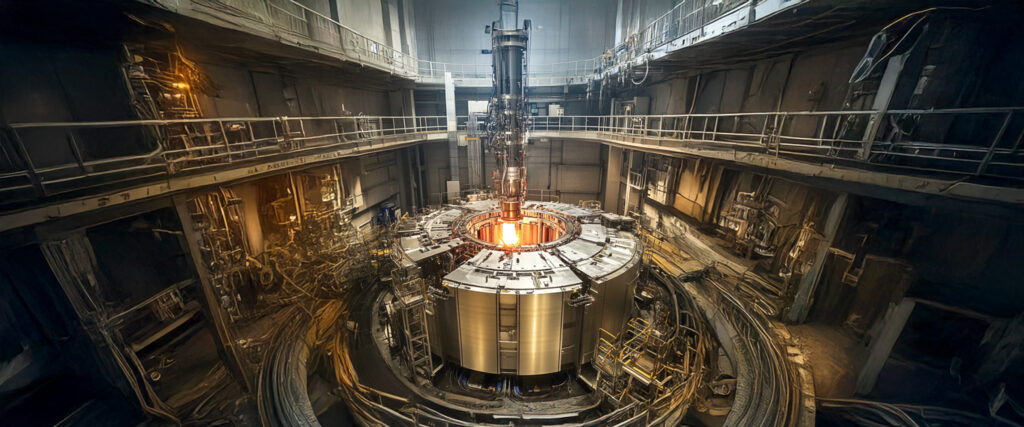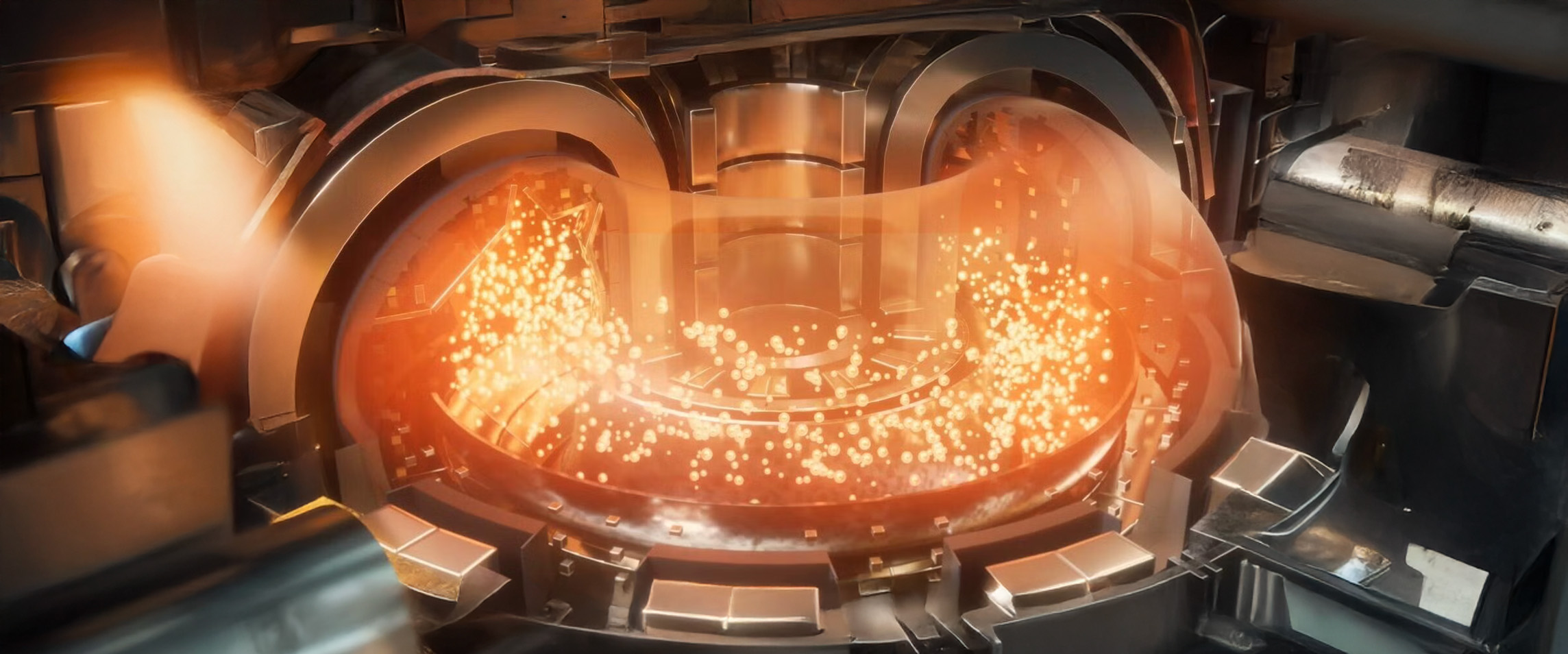Hey—picture this: a gigantic vortex of plasma, hotter than the sun, humming inside a magnetic bottle here on Earth. For 17 full minutes. That’s not sci-fi—it’s exactly what’s happening in China.
Earlier this year, scientists at the Experimental Advanced Superconducting Tokamak (EAST) in Hefei stunned the world. They sustained a plasma hotter than 100 million °C—for an astonishing 1,066 seconds (17 minutes and 46 seconds). To put that in perspective: the sun’s core is around 15 million °C. Hitting triple-digit millions, at this duration, is a monumental leap toward continuous fusion energy. This wasn’t a one-off flash. It speaks to precision control and uncharted engineering finesse. The goal? A self-sustaining plasma that can produce clean, nearly limitless energy. But we’re still years away from a commercial power plant. EAST is a demonstration, not a utility—and its steel walls still take a beating from all that heat.
This historic progress is being met with a global surge in investment. Venture capital and Big Tech are pouring billions into fusion startups. Over $8 billion has been raised across more than 40 ventures—like Commonwealth Fusion Systems and TAE Technologies—with strategic backing from tech and energy giants. Public projects like ITER in France, aiming for 500 MW output from 50 MW input, are setting the international foundation. Meanwhile, the U.S. National Ignition Facility (NIF) has now achieved net energy gain multiple times, including a December 2022 breakthrough that sparked global excitement.

Despite progress, challenges remain. Plasma temperatures exceed those inside stars, demanding advanced materials that can withstand extreme heat without degrading. Engineers are developing cryogenic chips and superconducting magnets to maintain these conditions, but material limits, cost of scale-up, and energy stability still pose hurdles. Commercial fusion requires systems that not only work in labs but can also run safely and affordably across grids worldwide.
Fusion’s implications are vast. It could revolutionize energy with clean, nearly infinite power, reducing dependence on fossil fuels and significantly cutting greenhouse gas emissions. It could empower developing nations, stabilize electric grids, and transform industries from agriculture to AI. Climate forecasts and green energy models increasingly factor in fusion’s potential—especially as storage and delivery tech improves.
However, technical capability is just one side of the coin. Regulatory frameworks, ethical governance, and international cooperation will define whether fusion serves the few or the many. Tritium handling, data transparency, environmental safety, and equitable access are critical. The future isn’t just about engineering prowess—it’s about moral vision too.
In this season of rapid advancement, we need innovation that walks hand in hand with wisdom. Let’s build with transparency. Govern with ethics. Lead with humility. Because true power lies not in taming plasma—but in protecting people.
- Sources:
https://lasers.llnl.gov
https://en.wikipedia.org/wiki/SPARC_(tokamak)
https://www.washingtonpost.com/climate-solutions/2025/06/23/fusion-energy-climate-science
https://www.azocleantech.com/article.aspx?ArticleID=1979
https://www.innovationnewsnetwork.com
https://weforum.org








